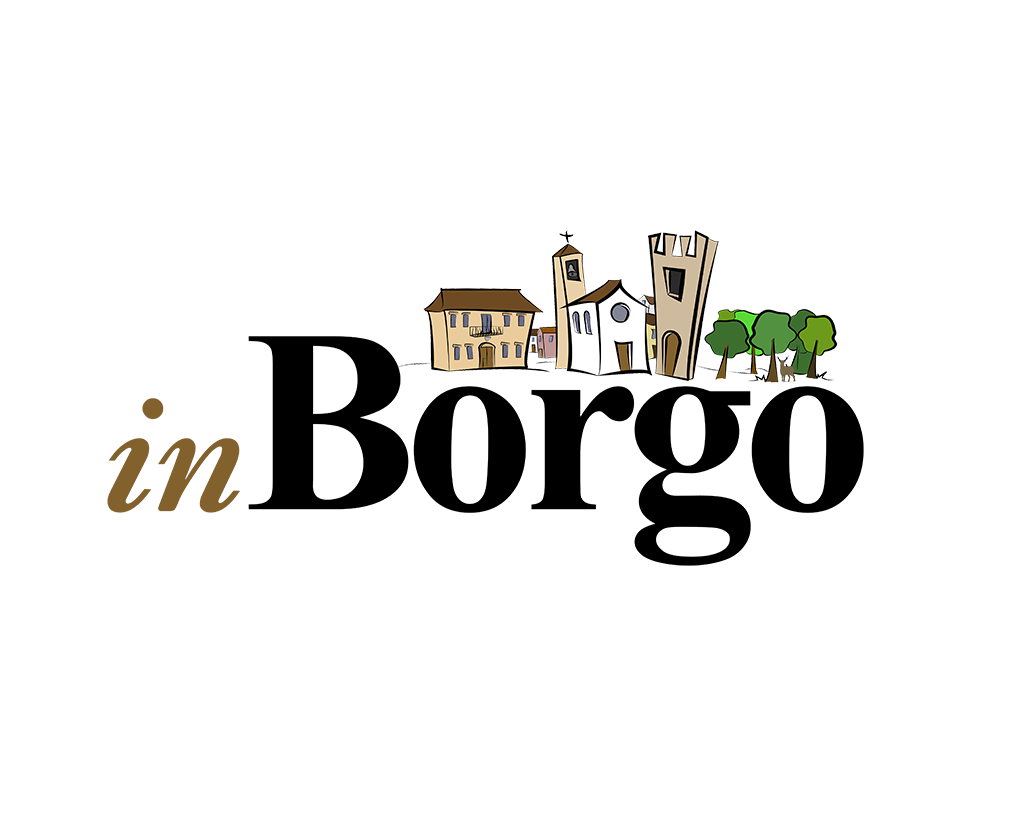
A 631 metri d’altitudine, in provincia di Macerata, c’è un bellissimo borgo che invitiamo a visitare: Cingoli.
Le prime testimonianze di civiltà in questa area risalgono al neolitico e i Piceni abitarono la zona ben 3000 anni prima di Cristo.
Le prime notizie di un nucleo abitato a Cingoli (Cingulum), si hanno a partire dal III secolo a.c. Cingulum divenne municipio nel I secolo a.c.
Tito Labieno, un luogotenente di Roma, fu colui che la fortificò.
Prima della caduta dell’Impero, Cingoli divenne anche diocesi (200 anni dopo passata ad Osimo), ed ebbe il suo primo vescovo poi diventato anche santo, ossia Esuperanzio.
Purtroppo parecchie invasioni barbariche, alla fine dell’Impero Romano, devastarono l’abitato che venne in seguito ricostruita in un altra zona poco distante dalla posizione originale.
Nel periodo papale (ricordiamo che le Marche per moltissimi decenni fu parte dello stato vaticano), la famiglia Cima, fu senza altro una di quelle più influenti. Essa ebbe rapporti turbolenti con i vari papi, una volta a favore e una contro, ma ciò nonostante restarono sempre al timone di comando della città per un lungo periodo.
Un altro personaggio che influì sulla vita della città fu Francesco Sforza. Esso occupò Cingoli venendo anche nominato Marchese della Marca.
Da ricordare che Cingoli diede i natali ad un papa nel 1829 con il nome di Pio VIII: Francesco Saverio Castiglioni.
Tra gli edifici di maggior interesse ricordiamo
La Collegiata di Sant’Esuperanzio, con affreschi di notevole pregio del XV secolo. La Concattedrale di Santa Maria Assunta e la Chiesa di San Filippo Neri.
Mentre tra gli edifici storici ricordiamo il Palazzo Comunale dove all’interno viene conservato il capolavoro della Madonna del Rosario e Santi, uno degli ultimi capolavori del pittore veneziano Lorenzo Lotto
At 631 meters above sea level, in the province of Macerata, there is a beautiful village that we invite you to visit: Cingoli.
The first evidence of civilization in this area dates back to the Neolithic period and the Picenes inhabited the area 3000 years before Christ.
The first news of an inhabited nucleus in Cingoli (Cingulum), dates back to the third century BC. Cingulum became a town hall in the 1st century BC.
Titus Labienus, a lieutenant of Rome, was the one who fortified it.
Before the fall of the Empire, Cingoli also became a diocese (200 years after it passed to Osimo), and had its first bishop who later also became a saint, namely Esuperanzio.
Unfortunately, several barbarian invasions, at the end of the Roman Empire, devastated the town which was later rebuilt in another area not far from its original position.
In the papal period (remember that the Marches were part of the Vatican state for many decades), the Cima family was, without other, one of the most influential ones. It had turbulent relations with the various popes, once in favor and one against, but nevertheless they always remained at the helm of the city for a long period.
Another character who influenced the life of the city was Francesco Sforza. It occupied Cingoli and was also named Marquis della Marca.
It should be remembered that Cingoli was the birthplace of a pope in 1829 with the name of Pius VIII: Francesco Saverio Castiglioni.
Among the most interesting buildings we mention
The Collegiate Church of Sant’Esuperanzio, with frescoes of considerable value from the fifteenth century. The Co-Cathedral of Santa Maria Assunta and the Church of San Filippo Neri.
While among the historic buildings we remember the Palazzo Comunale where the masterpiece of the Madonna del Rosario and Santi is kept inside, one of the last masterpieces of the Venetian painter Lorenzo Lotto

